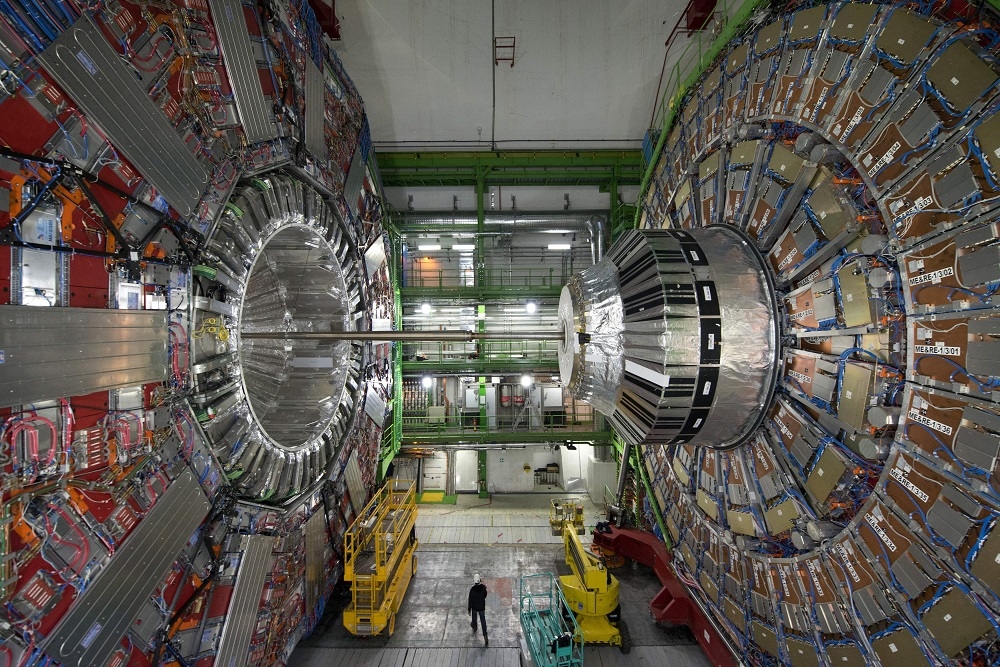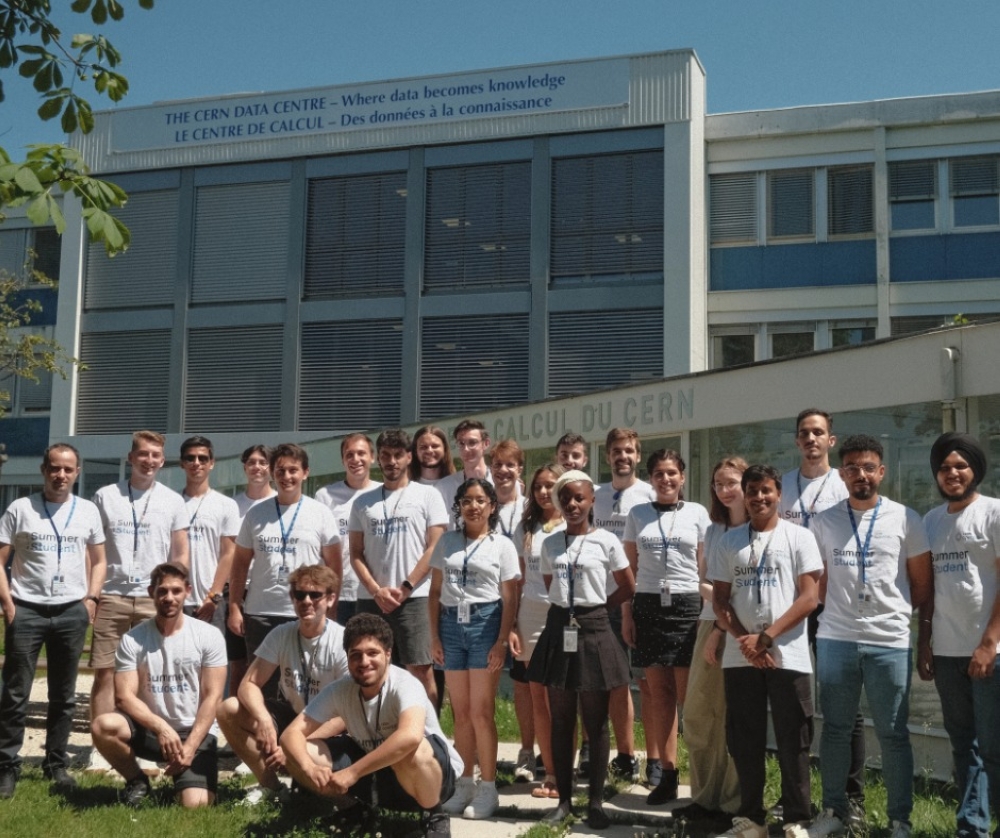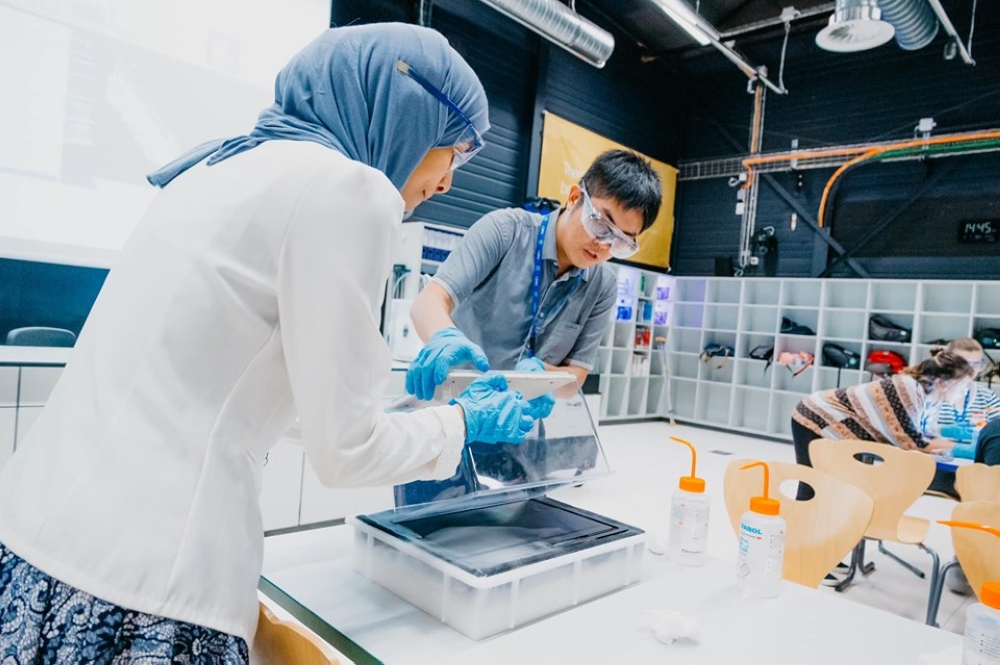GEORGE TOWN, Aug 16 — The Science, Technology and Innovation Ministry (Mosti) has announced that two Malaysians will join the European Organisation for Nuclear Research (CERN) for its Summer Student Programme, but just what exactly do they do there?
Well, if you have ever had philosophical questions such as “Where does everything come from?” then the short answer is that CERN is where some of the world’s best scientists attempt to unravel at the most basic levels known to man now.
In short, they study the tiniest particles quantifiable to learn more about how the universe works.
What is CERN exactly?
CERN, which stands for Conseil Européen pour la Recherche Nucléaire in French, was founded in 1954 and its main area of research is particle physics.
The laboratory operated by CERN, referred to as the European Laboratory for Particle Physics, is located at the Franco-Swiss border near Geneva and it uses some of the world's most advanced equipments, including the Large Hadron Collider (LHC).
According to CERN’s website, it has made many significant breakthroughs in particle physics, such as their early discovery of neutral currents and more.
CERN has 23 member states, and has cooperation agreements with non-member states and scientific contacts with many other countries, including Malaysia.

What is it famous for?
One of its most recent famous discoveries is that of the Higgs Boson particle — sometimes called the “God Particle” — that has helped physicists understand topics, such as why matter has mass, which despite its seemingly basic nature is fundamental to unravelling the mysteries how the universe exists and operates.
If the physics is not your cup of tea, then you might also have read of CERN in Dan Brown’s novel, Angels and Demons, which was also adapted into a Hollywood movie starring Tom Hanks.
In the story, protagonist Robert Langdon races to stop a secret society's deadly plot against the Vatican, involving an anti-matter bomb and the ancient conflict between science and religion, with CERN playing a central role in the plot.
Well, if you are reading this online, then it’s thanks in part to the invention of the World Wide Web by British scientist Tim Berners-Lee in 1989 while he was at CERN.
While former US presidential candidate Al Gore might dispute this, Berners-Lee developed the intercomputer network to cope with the amount of data being shared among scientists globally.

How is Malaysia involved with CERN?
Mosti and the Malaysian Academy of Sciences (ASM) have collaborated with CERN since 2012 to send students to CERN's annual student summer programme (CSSP).
The CSSP is an opportunity for students undertaking a Bachelor's or Master’s degree in physics, engineering, computer science or mathematics. Students get involved in the day-to-day work at the laboratory, attend lectures, visit CERN facilities and participate in discussions and workshops.
According to Mosti, a total 25 Malaysian students have participated in the CSSP since 2012.

Who are the two Malaysians going soon?
The two students this year who were successfully selected for the CSSP include Nurul Nabiilah Sulaiman, 25, who holds Bachelor of Science in Physics from the University of Malaya (UM) — she is currently pursuing her Master’s degree in Communication Engineering at the International Islamic University Malaysia. The other is Shim Zi Jun, 23, a Master’s Degree student in Civil Engineering at the University of Nottingham.
The duo is among 150 young scientists worldwide who were offered the opportunity to actively participate in the day-to-day operations of research teams conducting experiments at CERN from July 1 until August 25.
Last year, only one Malaysian student, Vincent Tee Ming Han — a Bachelor of Science in Physics undergraduate from UM — was selected for the programme.
Prior to the Covid-19 pandemic, two to three Malaysian students each year received the opportunity to join the CSSP.
Among those who joined the programme in previous years included: Tee Chin Zhe from UM (2019), Chew Kang Ying from Universiti Putra Malaysia (2019), Muhammad Zubair Asyraf Jalal from Universiti Kebangsaan Malaysia (2019), Fahmi Ibrahim from Universiti Teknologi Malaysia (2018), Yohashama P. Sivagnana Kumaran from UM (2018), and Mirza Basyir Rodhuan from Universiti Tun Hussein Onn Malaysia (2018).
Wait, what about 42?
In Douglas Adams’ The Hitchhiker's Guide to the Galaxy, the answer to the ultimate question about the meaning of life, the universe, and everything is revealed as the number 42, in a humorous response that suggests there is actually no answer.
But perhaps CERN is the closest thing to finding one.



















